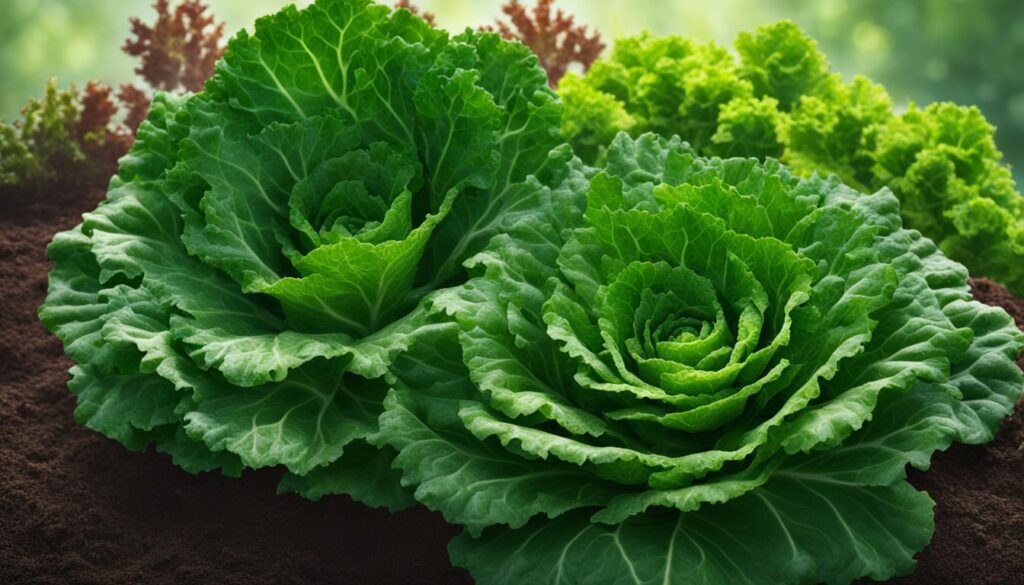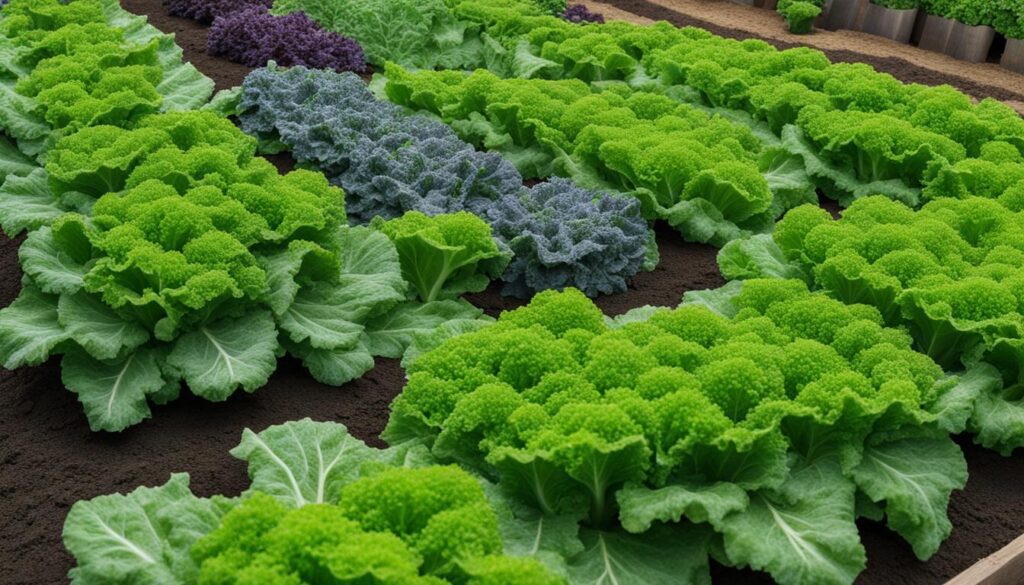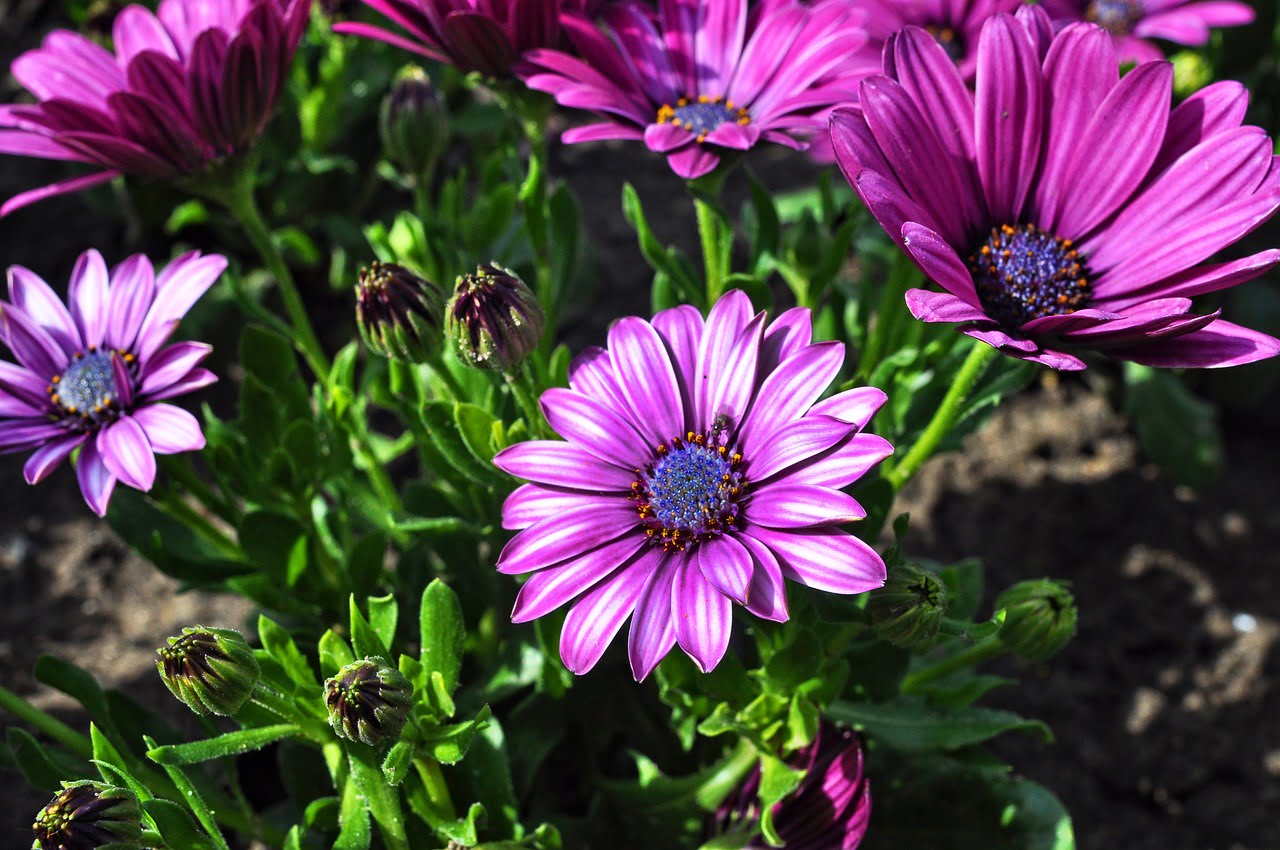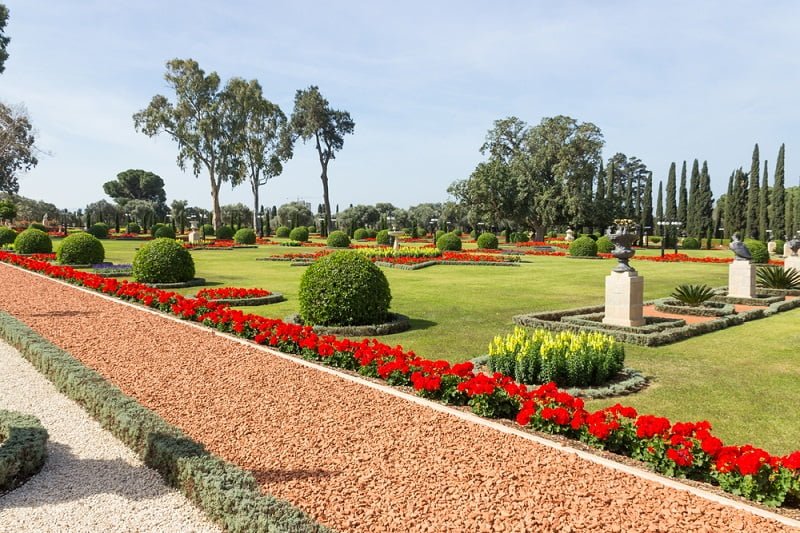Growing kale and lettuce together using companion planting techniques can provide numerous benefits for your garden. Companion planting involves planting different plant species together to aid in each other’s growth and offer natural pest control. By combining kale and lettuce in your garden, you can maximize space, improve yields, and reduce the need for pesticides.
Post Summary:
- Companion planting can enhance the growth of kale and lettuce and reduce the need for pesticides.
- Planting companion plants like sweet alyssum, African marigolds, and cilantro alongside kale can attract beneficial insects and repel pests.
- Interplant kale and lettuce in your garden, providing ample sunlight, water, and late afternoon shade for optimal growth.
- Include vegetables and herbs like onions, garlic, peas, and chives as companions to further benefit kale.
- Flowers such as nasturtiums, marigolds, and sweet alyssum can add beauty and attract beneficial insects to your kale garden.
Understanding Companion Planting
Companion planting is a gardening technique that involves planting different species together to enhance their growth and create a symbiotic relationship. This practice has numerous benefits, including natural pest control, improved soil health, and increased yields. By strategically combining plants in your garden, you can create a balanced ecosystem that promotes the overall health and resilience of your crops.
Companion planting works by harnessing the natural attributes of certain plants to benefit others. For example, some plants release chemicals that repel pests, effectively protecting neighboring plants from infestations. Others attract beneficial insects, such as ladybugs and bees, which aid in pollination and prey on harmful pests. Additionally, certain plants have the ability to fix nitrogen in the soil, enriching it and providing essential nutrients for neighboring plants.
By incorporating companion planting into your garden, you can reduce the need for pesticides, enhance soil fertility, and create an environment that supports the growth of your plants. This method is not only environmentally friendly but also promotes a holistic approach to gardening, where plants work together to thrive and flourish.
Benefits of Companion Planting:
- Improved pest control: Certain plants repel pests, reducing the need for chemical pesticides.
- Increased pollination: Flowers and herbs attract pollinators, ensuring better fruit set and higher yields.
- Enhanced soil fertility: Nitrogen-fixing plants enrich the soil with essential nutrients.
- Reduced weed competition: Some companion plants act as living mulch, suppressing the growth of weeds.
- Better space utilization: Companion planting maximizes the use of garden space by intercropping compatible plants.
Companion planting offers a range of benefits that contribute to the overall health and productivity of your garden. By understanding the symbiotic relationships between plants, you can create a thriving ecosystem that supports the growth of your crops.
Symbiotic Relationships in Companion Planting
| Plant A | Plant B | Symbiotic Relationship |
|---|---|---|
| Kale | Marigolds | Marigolds repel pests that commonly attack kale, while kale provides a natural canopy for marigolds, protecting them from excessive sunlight. |
| Lettuce | Radishes | Radishes act as trap crops, diverting pests away from lettuce. Lettuce provides shade for radishes, preventing them from bolting. |
| Tomatoes | Basil | Basil repels pests that commonly attack tomatoes, while tomatoes provide a larger structure for basil to grow vertically. |
Understanding these symbiotic relationships allows you to strategically select companion plants that work harmoniously together, promoting healthy growth and minimizing common gardening challenges.
Companion Plants for Kale
When it comes to growing kale, incorporating companion plants can be a game-changer. By choosing the right companion plants, you can enhance the health and productivity of your kale crop while naturally repelling pests and attracting beneficial insects. Here are some top companion plants to consider for your kale garden:
1. Sweet Alyssum
Sweet alyssum is a beautiful flowering plant that not only adds visual appeal to your garden but also attracts beneficial predatory insects and pollinators. These insects help control pests and ensure the health of your kale plants. Plant sweet alyssum alongside your kale to create a harmonious and pest-resistant garden.
2. African Marigolds
African marigolds are known for their vibrant colors and their ability to repel pests both above and below the ground. These marigolds emit a strong odor that deters pests, making them an excellent companion plant for kale. Plant African marigolds around your kale to keep unwanted pests at bay.
3. Calendula
Calendula is a bright and cheerful flower that not only adds beauty to your garden but also attracts beneficial insects such as ladybugs and lacewings. These insects are natural predators of common kale pests like aphids and caterpillars. By planting calendula alongside your kale, you can create a welcoming environment for these beneficial insects.
4. Cilantro and Dill
Both cilantro and dill serve as excellent companion plants for kale. Cilantro leaves have a strong scent that repels pests, while dill flowers attract beneficial predatory insects such as hoverflies and parasitic wasps. These insects feed on pests like aphids, mites, and caterpillars, helping to keep your kale plants healthy and pest-free.
By incorporating these companion plants into your kale garden, you can create a diverse and resilient ecosystem that supports the growth of your kale while naturally deterring pests and attracting beneficial insects. Experiment with different combinations and see what works best for your specific garden. Your kale plants will thank you!
Growing Kale and Lettuce Together
When it comes to growing kale and lettuce together, interplanting is the key. Start by sowing the seeds of kale and lettuce indoors, or directly sow them outdoors after the last frost. Ensure that both crops receive abundant sunlight and water to support their growth. As kale and lettuce have similar growing requirements, they can thrive alongside each other in the garden.
One important tip for growing kale and lettuce together is to provide late afternoon shade for the leafy greens. This helps protect them from the intense afternoon sun, which can cause wilting or bolting. You can create this shade by planting taller crops or using shade cloth. By providing this shade, you can ensure that your kale and lettuce grow healthy and produce high-quality leaves.
Harvesting is another important aspect to consider when growing kale and lettuce together. Kale leaves can be harvested at any stage of development, depending on your preference. For a more mild flavor, harvest the younger leaves, while the older leaves have a stronger taste. Lettuce can be harvested when the leaves are full-sized but still tender. Harvesting both crops at the right time ensures optimal flavor and texture.
| Crop | Sowing Method | Light Requirement | Watering Needs | Harvesting |
|---|---|---|---|---|
| Kale | Indoors or direct sow | Full sun | Regular watering, keep soil moist | Harvest at desired stage of development |
| Lettuce | Indoors or direct sow | Partial shade | Regular watering, keep soil moist | Harvest when leaves are full-sized but tender |
By following these tips, you can successfully grow kale and lettuce together in your garden. Interplanting these two crops not only maximizes space but also allows for a diverse and productive garden. Enjoy the benefits of fresh, homegrown kale and lettuce by incorporating them into your meals!
Kale Companion Planting with Vegetables and Herbs
When it comes to companion planting for kale in the vegetable garden, there are several vegetables and herbs that can enhance the growth and repel pests. Onions, garlic, and leeks are strong-smelling crops that help deter pests such as aphids and cabbage worms from kale. Their pungent aroma confuses and repels these unwanted visitors, keeping them away from your kale crop.
Another vegetable that works well as a companion for kale is peas. Peas are nitrogen fixers, meaning they draw nitrogen from the air and convert it into a form that can be absorbed by plants. By growing peas alongside your kale, you provide additional nitrogen to the soil, which promotes healthy growth and higher yields.
When it comes to herbs, there are several options that can repel pests from kale and attract beneficial insects. Dill is known to repel aphids, caterpillars, and spider mites, making it an excellent companion for kale. Chives, with their strong smell, deter pests like aphids and cabbage worms. Lemongrass is another herb that repels pests like mosquitoes, aphids, and whiteflies, while attracting beneficial insects like bees and ladybugs.
Companion Plants for Kale in the Vegetable Garden
| Companion Plants | Pest Deterrent | Beneficial Effects |
|---|---|---|
| Onions, garlic, leeks | Aphids, cabbage worms | Deters pests, confuses unwanted visitors |
| Peas | – | Nitrogen fixers, provide additional nitrogen to the soil |
| Dill | Aphids, caterpillars, spider mites | Repels pests |
| Chives | Aphids, cabbage worms | Deters pests with strong smell |
| Lemongrass | Mosquitoes, aphids, whiteflies | Repels pests, attracts beneficial insects |
By incorporating these companion plants into your kale garden, you can create a more diverse and pest-resistant environment. Remember to consider the specific needs of each companion plant, such as sun exposure and watering requirements, to ensure they thrive alongside your kale crop.
Flowers as Kale Companion Plants
Flowers can play a valuable role as companion plants for kale, enhancing both the aesthetics and functionality of your garden. By incorporating specific flowers that attract beneficial insects, you can naturally control pests and promote a healthier environment for your kale plants.
Benefits of Flowers as Companion Plants for Kale
When strategically planted alongside kale, certain flowers can attract beneficial insects such as ladybugs, lacewings, and hoverflies. These insects act as natural predators to pests that commonly affect kale, such as aphids, cabbage worms, and flea beetles. By providing a welcoming habitat for these helpful insects, you can reduce the need for chemical pesticides and promote a more sustainable gardening approach.
In addition to pest control, flowers also contribute to the overall health of your kale plants. Many flowers, such as marigolds and nasturtiums, have strong scents that can deter butterflies and other flying pests from laying their eggs on the kale leaves. This helps to protect the foliage and prevent infestations.
Flowers That Attract Beneficial Insects to Kale
Several flowers are particularly effective in attracting beneficial insects to your kale garden. Consider planting the following flowers alongside your kale plants:
- Nasturtiums: These vibrant flowers act as trap crops, diverting pests away from kale.
- Marigolds: Their strong scent repels butterflies and other flying pests.
- Sweet Alyssum: This low-growing flower acts as ground cover, retains moisture, and attracts beneficial insects.
By including these flowers in your kale companion planting scheme, you can create a visually appealing garden while promoting a thriving ecosystem that supports the health and productivity of your kale plants.
| Flower | Benefit |
|---|---|
| Nasturtiums | Trap crop, diverts pests away from kale |
| Marigolds | Repels butterflies and other flying pests |
| Sweet Alyssum | Acts as ground cover, retains moisture, and attracts beneficial insects |
Conclusion
In conclusion, growing kale and lettuce together using companion planting techniques offers a range of benefits for your garden. By interplanting these crops and incorporating companion plants, you can create a thriving ecosystem that promotes healthy growth and reduces the reliance on pesticides.
Companion planting not only maximizes space in your garden but also improves yields by creating a balanced environment that repels pests and attracts beneficial insects. The inclusion of companion plants such as sweet alyssum, African marigolds, and cilantro can help control pest populations and provide pollinators for both kale and lettuce.
Furthermore, by adding vegetables like onions, garlic, and leeks, as well as herbs like dill and chives, you can enhance the pest-repelling properties of your kale garden. The nitrogen-fixing abilities of peas and the trap plant quality of radishes further contribute to the overall health of your crops.
By incorporating flowers like nasturtiums and marigolds, you not only introduce beauty to your garden but also provide additional pest control measures. These flowers act as trap crops and emit scents that deter unwanted pests while attracting beneficial insects.
Overall, companion planting with kale and lettuce creates a diverse and resilient garden ecosystem. Experiment with different companion planting combinations to discover what works best for your garden. By implementing these techniques, you can enjoy the benefits of increased yields, reduced pesticide use, and a healthier garden environment.
FAQ
What is companion planting?
Companion planting is an ecological growing method that involves planting different species together to enhance each other’s growth and provide natural pest control.
Why should I grow kale and lettuce together?
Growing kale and lettuce together using companion planting techniques can maximize space, improve yields, and reduce the need for pesticides.
What are some companion plants for kale?
Sweet alyssum, African marigolds, calendula, cilantro, and dill are all excellent companion plants for kale.
How do I grow kale and lettuce together?
Start by starting seeds indoors or directly sowing them outdoors after the last frost. Provide abundant sunlight and water, and harvest at their desired stages of development.
What other vegetables and herbs can I plant with kale?
Onions, garlic, leeks, peas, radishes, and chives are all beneficial companion plants for kale.
Can I plant flowers with kale?
Yes, flowers like nasturtiums, marigolds, and sweet alyssum can serve as excellent companion plants for kale.











